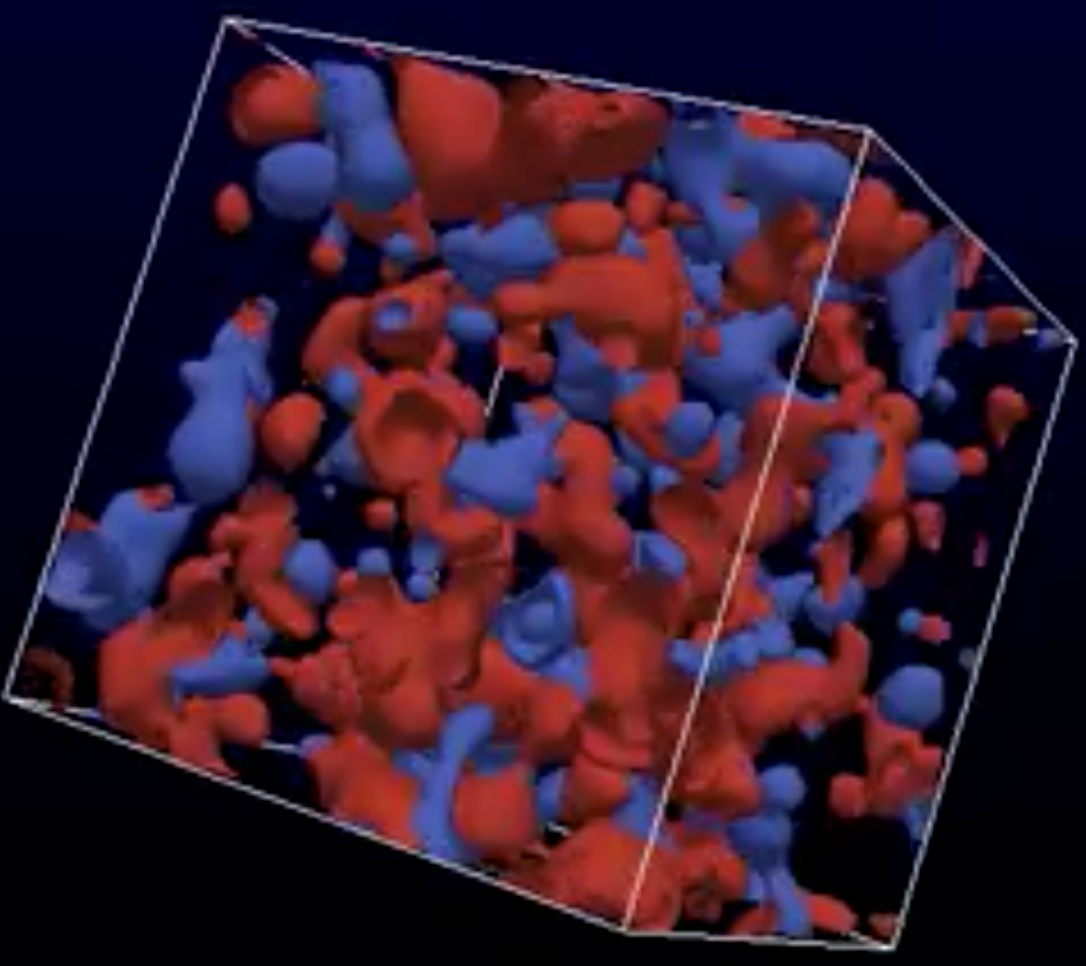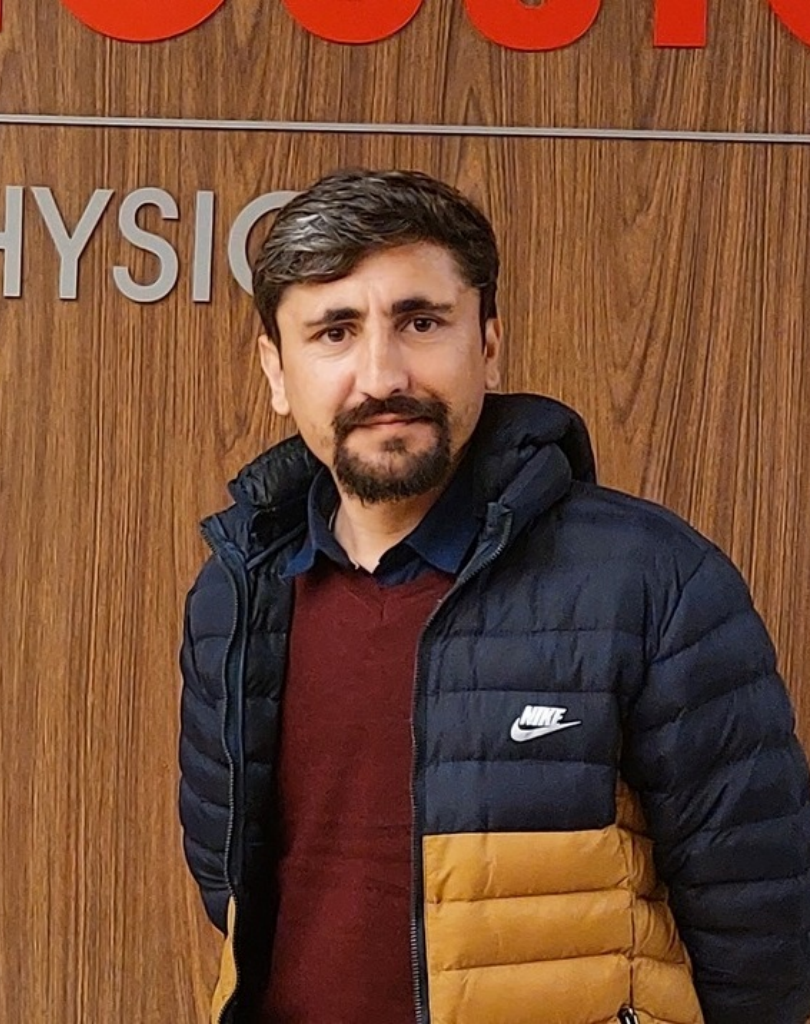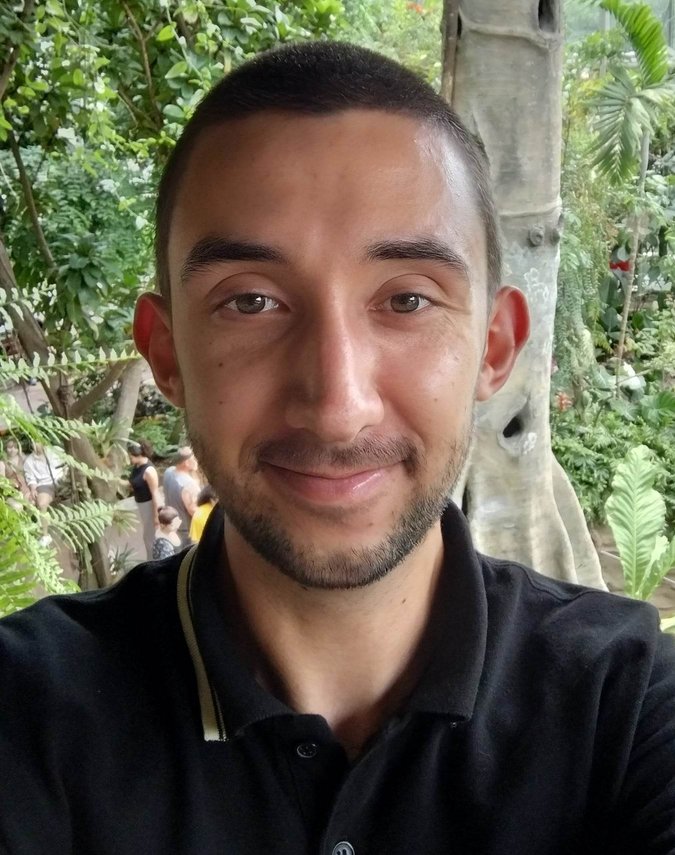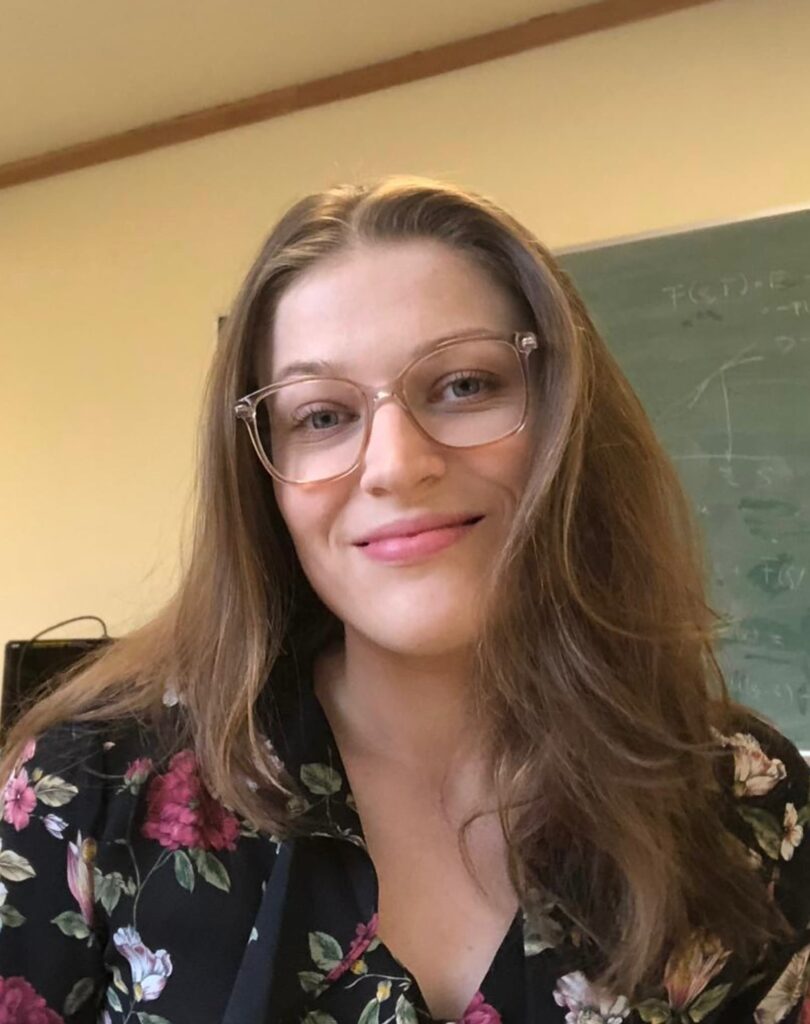
The Equation of State for Heavy Ions working group will develop and optimize the equation of state module, in the regime of high temperature and small-to-intermediate density, suitable for the entire range covered by the different collision energies accessible in the experiments.
This family of equations of state will be obtained from lattice QCD simulations, when feasible, and extended beyond their reach by means of the Hadron Resonance Gas model at low temperatures (in its ideal, excluded volume and van der Waals versions), the inclusion of a critical point in the 3D-Ising model universality class, and connections to effective models at high baryon density developed in the Equation of State for Neutron Stars working group.
Different scenarios of chemical potentials for electric charge and baryon number will be explored, to match either the heavy-ion collisions conditions, or the isospin asymmetric neutron star conditions. The latter will serve as a constraint for the high-density models.
This working group will work in close contact with all other working groups: it will generate constraints for the neutron star equation of state, the cyberinfrastructure scientists will work on its integration into MUSES and the users working group will provide input on the community needs.

Musa Rahim Khan
University of Houston
Graduate Student























